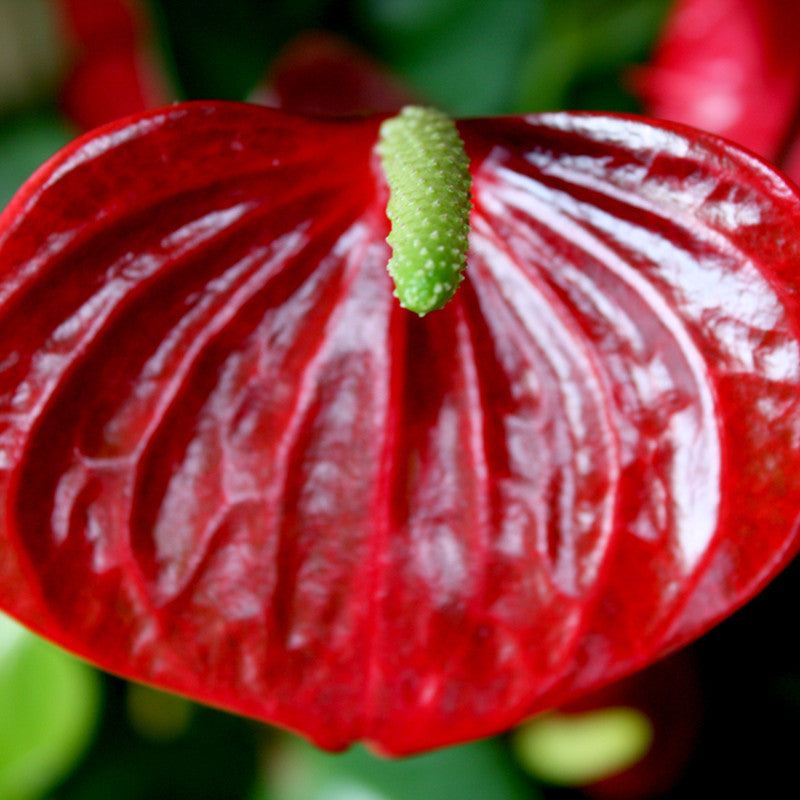The anthurium plant is grown as a houseplant in cooler areas and as a landscaping plants in USDA zones 10 or higher. Proper care for anthurium is easy to do as long as you provide a few key elements for the plant. Keep reading to learn more about care of anthurium plants.
asic Anthurium Care Anthurium plants can tolerate all levels of indirect light, but anthuriums growing in low light will have fewer flowers and will grow slower. These plants cannot tolerate direct light, however, as this can burn the leaves. They grow best in bright, indirect light.
Anthurium care also requires that the soil be free draining but hold some water. If you are growing this plant as a houseplant, a half and half mix of potting soil and orchid soil or perlite will provide the kind of soil anthuriums prefer. Outdoors, plant in a well-drained location. Anthurium plants don’t like continually moist soil.
Make sure to water your anthurium plant regularly, but don’t overwater. Only water your anthurium when the soil is dry to the touch. The plant is susceptible to root rot, so too much water can cause the roots to die. If you allow the plant to become too dry in a pot, it will slow down its growth and the rootball will be difficult to re-wet. If the rootball becomes too dry in the pot, soak the pot the anthurium plant is in for an hour to rehydrate it. Care of anthurium plants does not require too much fertilizer. The plant only needs to be fertilized with a one-quarter strength fertilizer once every three to four months. To get the best blooms, use a fertilizer that has a higher phosphorus number (the middle number). Proper care for anthuriums is not hard. Once you have the plant in the right soil and the right location, watering is simple. An anthurium growing in your garden or home will reward you with wonderful, long lasting flowers.






Reviews
There are no reviews yet.